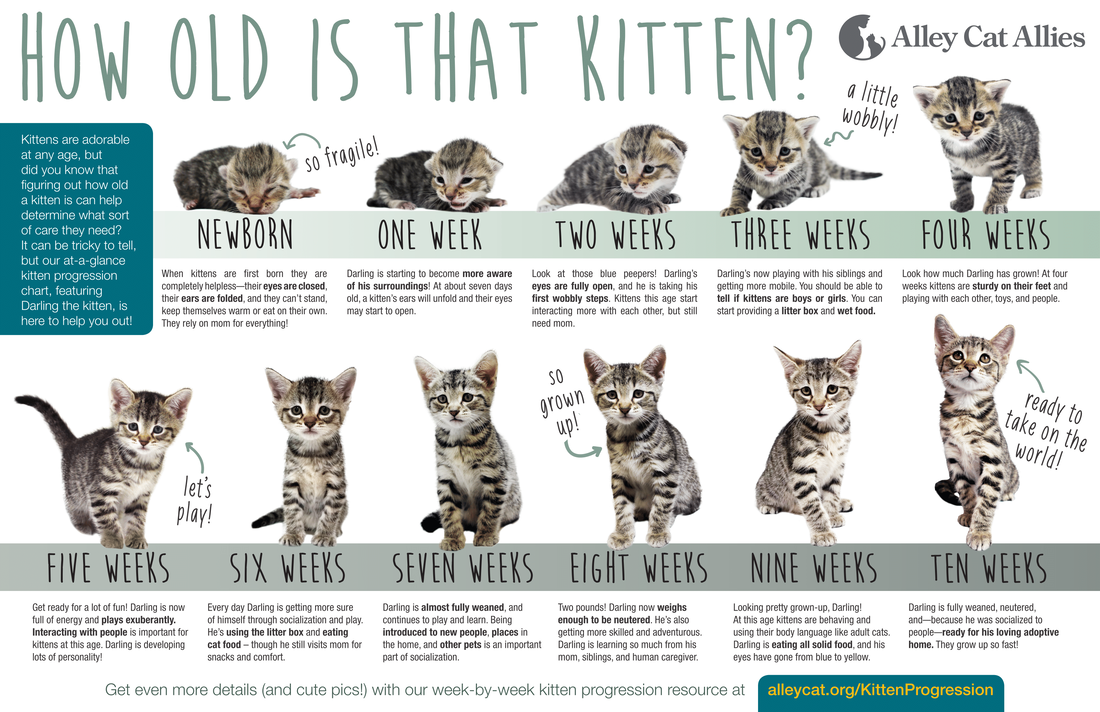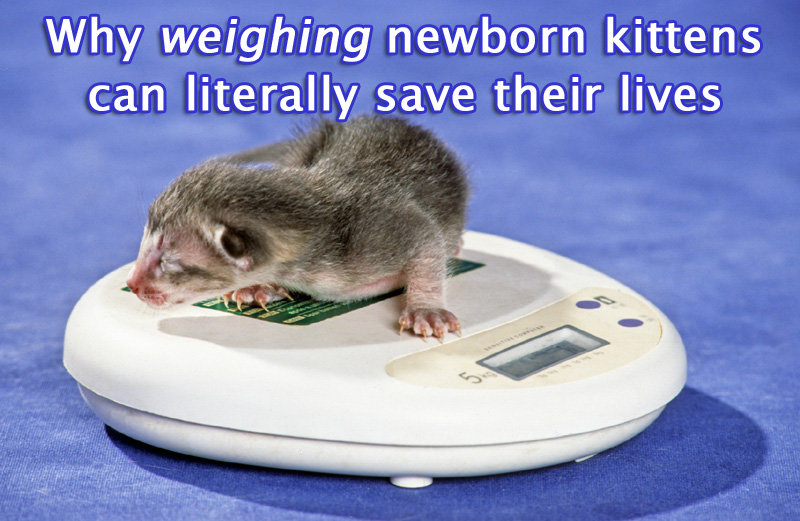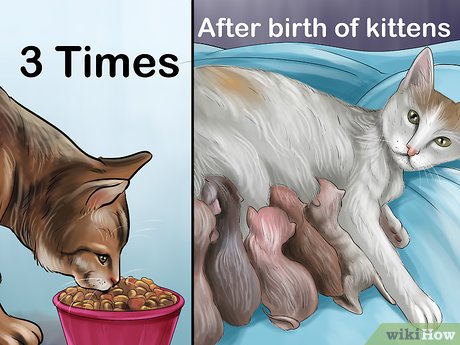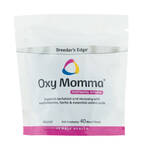Nursing
|
PREVENTING NURSING PROBLEMS
|
Training Newborns:
- Shave around the nipples to make it easier to find. Don't shave too much hair off because the newborns need the hair to grab onto.
- Rub the face back and forth over a nipple and often times they will seek and latch.
- Feed formula with a Miracle nipple a little and then quickly switch to the real deal, even placing a drop of formula on the nipple.
- Kittens expect fighting for the nipples. Block the nipple with you finger, they will try to knock your finger off to get to the nipple.
- RevivalAnimal: Nursing Puppy Loss Webinar
|
NEWBORN SUPPLEMENTAL FEEDING/MILK REPLACER
|
CHILLED BABY PROTOCOL:
This article is adapted from Dr. B's webinar on Nursing Puppy Loss. To watch the free webinar, click here.
All chilled newborns should be warmed gradually. A sudden body temperature change will put them in shock and they will die. The best way is to place them in an incubator at 85º F or place on a towel-covered hot water bottle inside a covered box. In an emergency, tuck them next to your skin and use your own body heat to warm until other arrangements are made.
If the newborns rectal temperature is approaching 94º F, warming to 100º F and stabilizing them can take two hours. If their rectal temperature is below 94º F losses are high in the warming process.
A chilled baby is also a dehydrated baby, because they haven't been feeding. When cold the entire system starts shutting down, including digestion. So follow this protocol:
This article is adapted from Dr. B's webinar on Nursing Puppy Loss. To watch the free webinar, click here.
All chilled newborns should be warmed gradually. A sudden body temperature change will put them in shock and they will die. The best way is to place them in an incubator at 85º F or place on a towel-covered hot water bottle inside a covered box. In an emergency, tuck them next to your skin and use your own body heat to warm until other arrangements are made.
If the newborns rectal temperature is approaching 94º F, warming to 100º F and stabilizing them can take two hours. If their rectal temperature is below 94º F losses are high in the warming process.
A chilled baby is also a dehydrated baby, because they haven't been feeding. When cold the entire system starts shutting down, including digestion. So follow this protocol:
- Put baby close to your skin until you warm an incubator. If using the hot water bottle method, check the temperature by placing the back of your hand on the towel covered heat surface, if it is okay for you it is okay for the baby.
- After 15 minutes of warming, tube or bottle feed warm electrolytes.
- Put back on heat source and wait 30 minutes.
- Feed electrolytes and electrolyte solution for second feeding.
- Put back on heat source and wait 30 minutes.
- Feed milk replacer or if active, place on mom. Kittens search for nipples by weaving sideways. Rub nipple on mouth sideways and they will attach. When full put back on warmth! (heating pad with mom?) They chill easily first 24 hours after an issue.
|
|
|
|
Feeding Your Queen While She's Nursing
|
NUTRITION:
Feed your cat kitten food three times daily after she gives birth. The queen will likely be exhausted and have low energy—and no appetite—for the first few days after giving birth. Her appetite will soon return, though. Continue to feed her the high-quality kitten food, and you can continue to mix in additional protein. Give the cat a dish of this food three times daily, spaced at regular intervals POST-NATAL SUPPLEMENT: Breeder's Edge Oxy Momma Designed specifically to adhere to the high calcium and energy demands placed upon nursing Queens! |





